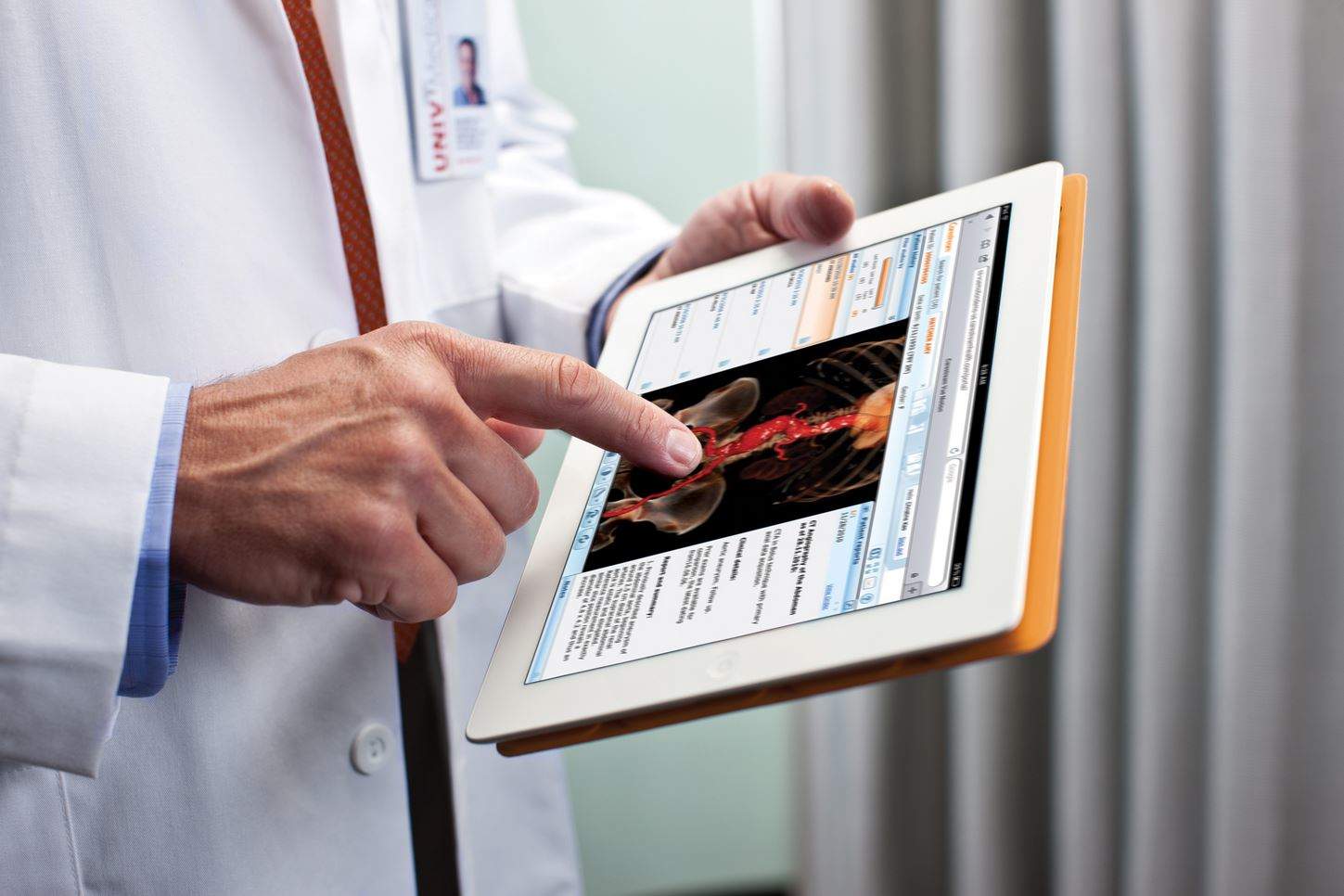Medical practices, clinics, hospitals and other health care settings collect millions of patient data points. The sheer amount of data collected can make management a challenge. These four simple techniques will help you to manage patient data more efficiently.
Deciding on What to Collect
An important first step in managing patient data is in deciding what to collect. If you will not use a specific piece of data, there may be no reason for you to collect it. Trying to collect every possible piece of patient data is time consuming and may feel intrusive and unnecessary to patients. To manage your data more efficiently, focus on collecting the data that will be most meaningful to patient outcomes, the sustainability of your practice and on the pieces of data that are required for legal and health reporting purposes.
Standardizing the Data
A standardized procedure for collecting data simplifies the data entry process. It also makes it easier to analyze your data in the future. Standardizing data can be built into a software package. You can also institute practice-based guidelines so that all pieces of patient data are entered with consistency. For example, you could standardize your data so that all patient weight is entered in kilograms for easier calculation of prescription medication dosage and body mass index.
Electronic Medical Record Software
Electronic medical record software decreases the amount of time that it takes to input information about each patient. The software is designed with confidentiality and security in mind. Only authorized users from your practice will be able to enter, update and access the information. You can choose which parts of the software to use based upon the services that you provide. Some companies, like Alleva, know how integral patient data is to the healing process. Keeping patient records secure is of the utmost importance.
Hiring Coding Experts
Just as it is important to use the best electronic medical record software and to use standardized data points and scales, you also need experienced coders to enter and verify the data. The human element of data management requires the most attention. Experienced coders do their work efficiently and accurately. Standardized chart auditing can be done to ensure that the data is of a high quality.
These four patient data management techniques will help your data be more useful to your health care practice. Standardized data entered by experienced medical coders who understand the electronic medical record software is easy to analyze and put to work. With these four actions, you will be able to use the patient data to improve patient flow, outcomes and throughput.

